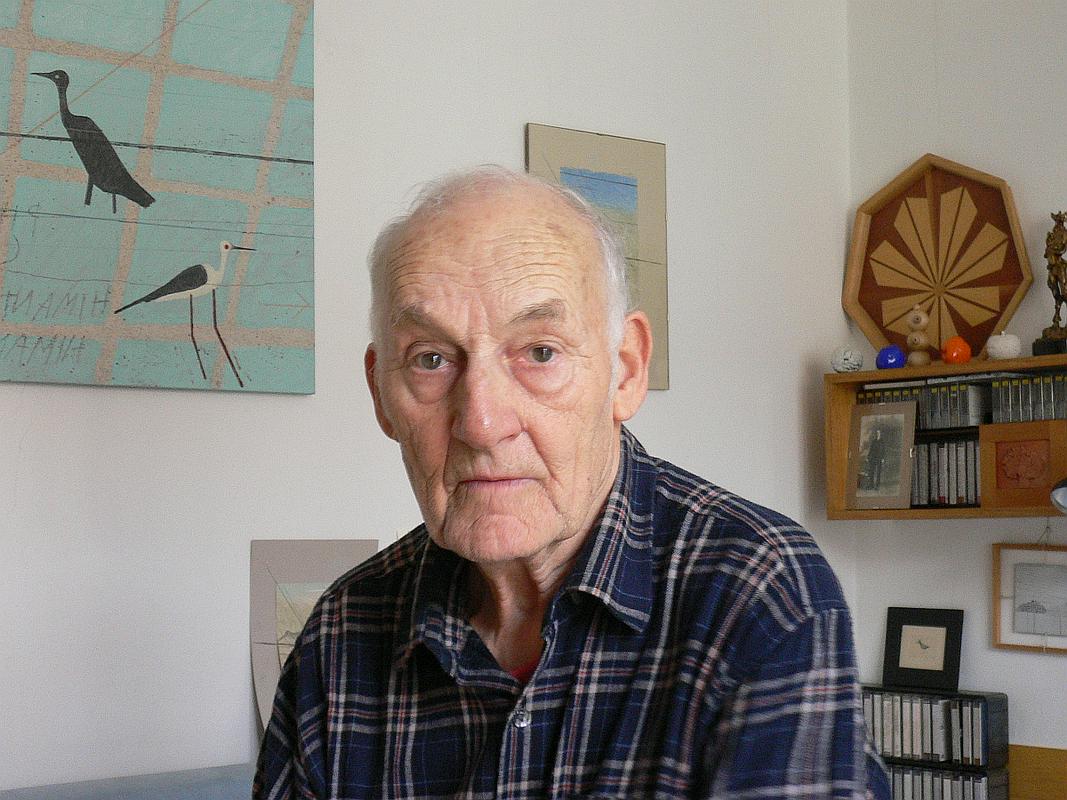
Vladimir Makuc, one of the key Slovenian fine artists, with a distinctly personalised poetic style, and one of the most important interpreters of the Karst region, has passed away on Saturday aged 91.
From his earliest work, Makuc had been faithful to Karst and the Mediterranean in the widest sense of the word. The motifs of Karst stayed present throughout his career. His first artistic feat was the Church of Hrastovlje, where he started working as a young artist, copying Hrastovlje’s renowned frescoes from the Middle Ages.
He was best known as a master of graphic design, in which he established the cohesive thread of his opus – the landscape with a human being in the centre. He kept returning time and again to creatures from nature, unlimited space, ancient rituals and traditions from a remote life in the countryside. The main protagonists of his works are birds as a link between the earth and the sky, a metaphoric reflection of the artist’s longing for freedom, and also a symbol of his beloved countryside.
Makuc was born in Solkan near Gorica in 1925. After studying to become a teacher, he joined the partisans and completed the School of Arts and Crafts after the war. He graduated from the Ljubljana Academy of Fine Arts and became a restoration specialist. He mastered his skills under the mentorship of Johnny Friedlaender in Paris. Makuc was one of the most distinctly autonomous Slovenian fine artists from the first generations graduating the Ljubljana Academy, which was established soon after the end of WW2. He continued the academy’s manner or realism for a few years before starting to construct his own artistic language, which was based on a clean, refined expression.
“I’m quite the emotional type, but in a creative process the painter needs to look at his work critically to be able to perfect it. Quite a lot of reasoning is at work in the background during the final stages. I may have once thought that everything I did was emotional, but later I was given recognition from architects, who are more of the rational type, and they’d noticed a special order and strictness in my work,” Makuc described his work in an interview with art historian Iztok Premrov for TV Slovenija.
M. K., MMC; translated by K. Z.

































































